Houses of the Holy by Led Zeppelin
Buy Houses of the Holy Led Zeppelin took stock of their phenomenal fame with Houses of the Holy, with deep contributions from each member of the rock quartet. This fifth album was released […]
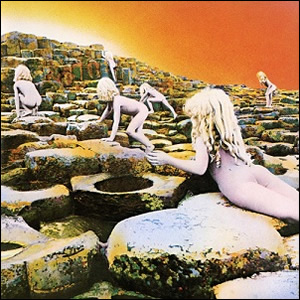
Buy Houses of the Holy Led Zeppelin took stock of their phenomenal fame with Houses of the Holy, with deep contributions from each member of the rock quartet. This fifth album was released […]
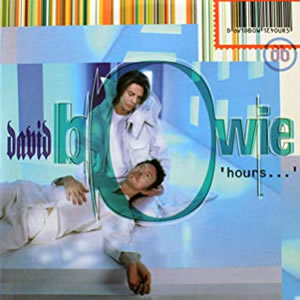
Buy Hours For the 21st studio album of his incredibly eclectic career, David Bowie forged a collection of songs written as the soundtrack for a new video game. Hours was released in October […]
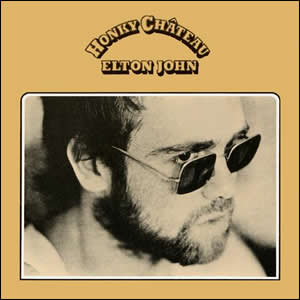
Buy Honky Château Although barely three years into his international career, Elton John was already on his fifth major label album by mid 1972 with Honky Château. It featured John’s regular touring band, […]
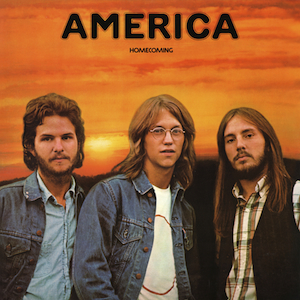
Buy Homecoming America‘s second studio album, Homecoming, showcases the trio hitting their folk-rock stride with a slight nod to some diversified musical sub-genres. Released in late 1972, this album features group added richer […]

Buy Holiday One of the most interesting things about doing all these classic rock album reviews are the little tidbits of information you learn along the way, some of which completely shatter your […]
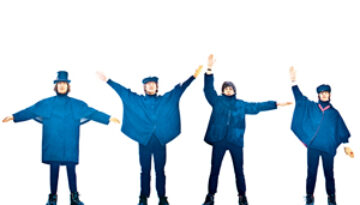
Buy Help! Their fifth overall studio album, Help!, is perhaps the final of The Beatles‘ pop-centric, “mop-top” era records released over the course of 30 months. Still, the group did make some musical […]
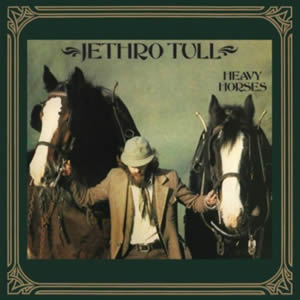
Buy Heavy Horses During a the late 1970s, Jethro Tull released a trio of albums with heavy folk influence. The second of this trio and the eleventh overall studio album by the band […]
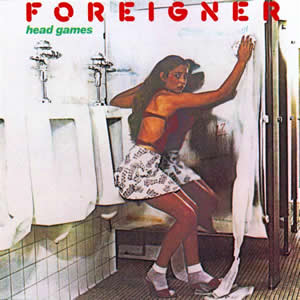
Buy Head Games Head Games was the third studio album released by the rock band, Foreigner, in three years and continued their incredible success by reaching the Top 5 on the album charts […]
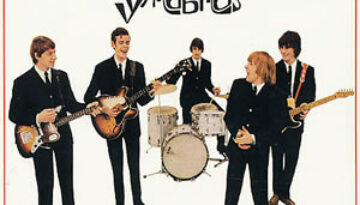
Buy Having a Rave Up with The Yardbirds Having a Rave Up with The Yardbirds is an oddly constructed mish-mash of recent singles, new recordings, and live tracks recorded over 19 months prior […]
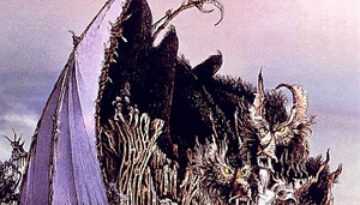
Buy Hair of the Dog Nazareth reached the pinnacle of their long career with their sixth studio album, Hair of the Dog. Produced by the group’s guitarist, Manny Charlton, the album at once […]